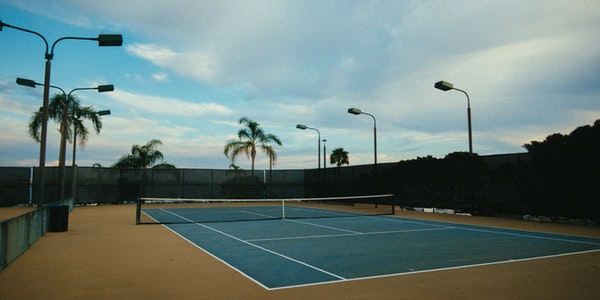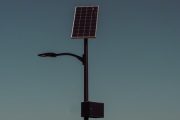Standard size of tennis court
The construction projects generally included in the construction of tennis courts are as follows:
Level the ground and harden the ground (make cement ground),
Install a fence (to prevent the ball from flying out),
Install lights (convenient to use at night),
Tennis court surface pavement (plastic floor material, silicon PU material, acrylic material can be considered),
Install tennis poles, etc.
Some may also need to do some decoration, etc., we will not discuss it in detail here.
The total cost of a project is inseparable from the size of the project. When it comes to the construction of a tennis court, it is mainly related to the area of the tennis court. According to the relevant standards of the International Athletics Federation, the standard area of the tennis court is about 670 square meters, and the size is 36.6m ✖ 18.3m, of which the size of the main court is 23.77m ✖ 10.97m.
We generally recommend to enlarge the outer size of the tennis court, or at least make it into a standard 36.6 x 18.3 meters, because the buffer zone is also very important when players play tennis. If the buffer is not enough, it may cause injury in sports or be unfavorable to the normal performance of the players.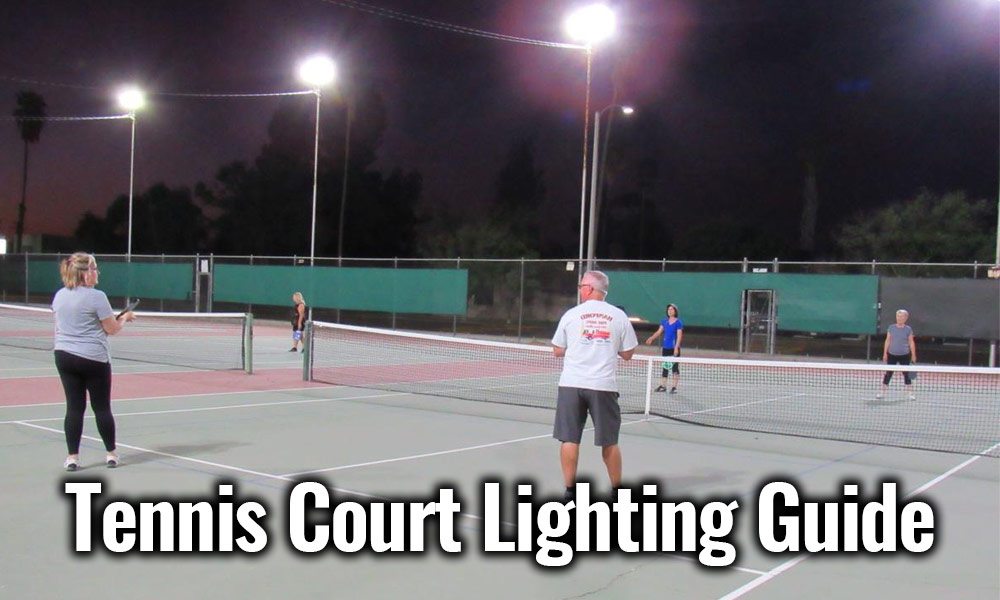
Tennis court construction quantity
The amount of hardened cement floor is 670 square meters.
Calculation of the area of the fence: the general height of the fence is 4m, the circumference of the tennis court is (36.6+18.3)*2=109.8m, then the fence area of the tennis court is 109.8*4=439.2㎡,
For lighting, it is generally sufficient to install 6 sets of lights. Of course, the cost of wire wiring and the cost of the switch control box must also be considered.
The surface area of the tennis court is 670 square meters,
one pair of tennis posts.
There are many choices for the surface material of the tennis court. Generally, the more popular materials are acrylic, silicon PU and plastic materials, and there are also clay courts. Clay courts are used in many major international competitions. The standards are very high, so the corresponding cost is expensive, and the construction ability of the construction party is very high. Therefore, except for major international competitions, clay courts are not suitable for general training and family courts. We don’t even consider the clay court here.
Regarding the difference between acrylic, plastic, and silicon PU materials, you can find a lot of relevant information on the Internet, so I won’t go into details here. There is a big difference between acrylic, silicon PU and plastic materials. For tennis courts, I recommend acrylic materials first. Acrylic is particularly suitable for tennis courts, and of course the price is the cheapest among these types.
However, acrylic has a relatively big disadvantage. If it is constructed on a cement foundation, the acrylic surface layer will crack in the later stage (it will crack soon, not more than 3 months). This is because the expansion joints of the cement foundation are cracked. Does not affect the appearance, because it is a neat seam, it will not affect the player’s level of performance. Considering that it is a country tennis court, I think this is understandable. If you want to solve this problem, just spread a layer of fine asphalt on the cement foundation, but it will increase the cost. I don’t think it is necessary for rural use, so this situation is not considered here.
Tennis court construction budget
Flat ground + cement floor construction is estimated at US$25/m2, totaling 670 ✖ $25=US$16,750.00
The construction of the fence is estimated at US$18.75/m2, totaling 439.2✖$18.75=$8,235.00
The light is generally a set of US$255, 6 ✖ $255=$1530.00
Wire wiring ➕ control box estimated to be about $875.00
Acrylic surface layer is generally $16.00/㎡, totaling 670 ✖ = $10,720.00
Tennis pole $469.00
The above total is US$38,580.00.
Some notes on the above content:
***Why are tennis poles so expensive? Just those two iron pillars and a net, the price is really too expensive. But this is the standard requirement, mainly because the column must be able to be used for a long time, so it is recommended to install the standard one. There are also some mini removable ones, the general price is about $77, but the quality is indeed much worse, so it is not recommended to use.
***The purse fence price $18.80/㎡ is a high price, but considering that the tennis court can be used for a long time, it is recommended that the installation quality is good. There are also cheaper ones, usually around $15.50/㎡, but the quality is better, and it won’t take a few years. The price difference is 20%, and the service life can be at least 50% difference.
***Similarly, the cement floor at $18.75/square meter may be estimated to be a bit cheaper. The cement floor is also recommended to be of better quality. The service life of the general cement foundation is three times the service life of the surface layer. If the general acrylic acid is expected to be used for 6 years, the life of the cement foundation is expected to exceed 20 years.
***Acrylic surface layer is $9.50/square meter, which is a moderate estimate. Generally, it can be used for about 6 years, and it will be refurbished after 6 years. Only the acrylic surface layer needs to be refurbished.
***About the other two materials, plastic and silicon PU, we also give a reference price here. The reference price of silicon PU is $15.00/square meter (3mm thickness), and the reference price of EPDM plastic material is $12.50/square meter (5mm thickness).
If you plan to add another layer of asphalt foundation, depending on the city, the general price is about $14.10 / square meter, about 5-8cm thickness.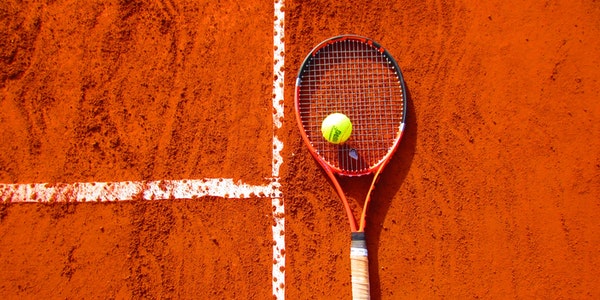
Pros and cons of tennis courts
Many people like to play tennis. For them, the biggest advantage of playing tennis in the backyard is that the court is close at hand. Participate in games or exercises, and you are only a few steps away from home. Because of the rapid development of tennis, the surrounding land prices and property values have also risen. The cost of its own construction is twice that of a basketball court or a volleyball court.
Different from basketball courts and volleyball courts, because the surface of the tennis court must be kept in the best condition, it needs to be maintained regularly. Tennis courts also need to take up a lot of space to be able to function normally, because its area is 120 feet long x 60 feet wide. Ordinary households may not have enough space to build a tennis court, because the house area is generally only 1,650 square feet, and the width of the incidental land around the house is only 30 feet. Tennis is a seasonal sport and is played mostly in cool weather, so homeowners are unlikely to give up a large area of land just because they don’t use the tennis court several times.
Factors affecting the construction cost of tennis courts
The construction cost of tennis courts depends on the labor and material costs in various regions, which are often beyond your control. While, you can indeed control some factors that can affect the construction cost of tennis courts:
Course type:
Because of the high price of clay and acrylic, the cost of building a tennis court is high. The cost of concrete courts is relatively low, and the cheapest is grass courts.
Site cleaning and rectification:
The contractor must clear, excavate the land and drain the water in preparation for the construction of the tennis court. Some sites need to remove trees, demolish existing buildings or fill up the soil, these preparations will undoubtedly lead to price increases. Conversely, if the site is already relatively flat and well-drained, the price may be reduced.
Conveniences:
If you want to choose to play at different times of the day and weather conditions, you can easily use lighting, beautify the environment, fences, windshields, backboards, sun visors and scoring equipment. These features will make your tennis court more attractive, but the construction cost will also increase.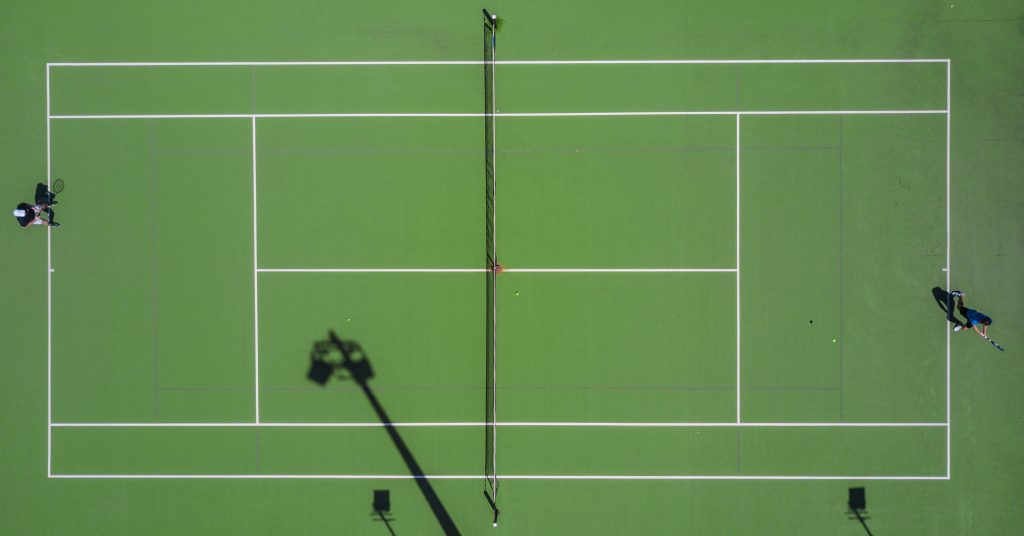
The construction cycle of a tennis court
It takes about 60 days to build a tennis court, which frees up time to prepare the land, level the surface of the court, and add additional features such as fences and lights. Before professionals build a tennis court, they first have to sort out a completely flat surface, so they clean up, excavate the land and level it. The subsequent measures will vary according to the type of court.
For concrete tennis courts, fence posts need to be used to mark the court around them, and cables and steel formwork are installed. These forms will generate tension during the curing process, thereby fixing the concrete. Then, pour the concrete into the form groove to make it smooth. Wait for it to dry before proceeding to the next step. Asphalt tennis court is similar to concrete court. The installer will mark the perimeter and create a steel frame to support the court. There is a significant difference between concrete court and asphalt court, that is, asphalt court uses cables as a source of tension.
Does it seem easier to build a grass court or a clay court? actually not. Professionals must spend some time preparing adequate venues for matches. First, the construction workers will excavate the ground, then they will install the drainage pipe to lay the foundation for the court, and in the third step, lay an extra layer of soil on the drainage pipe. Operators regularly sow grass seeds or mow the lawn, and ensure that the land remains flat. The clay field uses a clay surface instead of turf, and the installer only needs to use laser compaction to flatten the surface.

